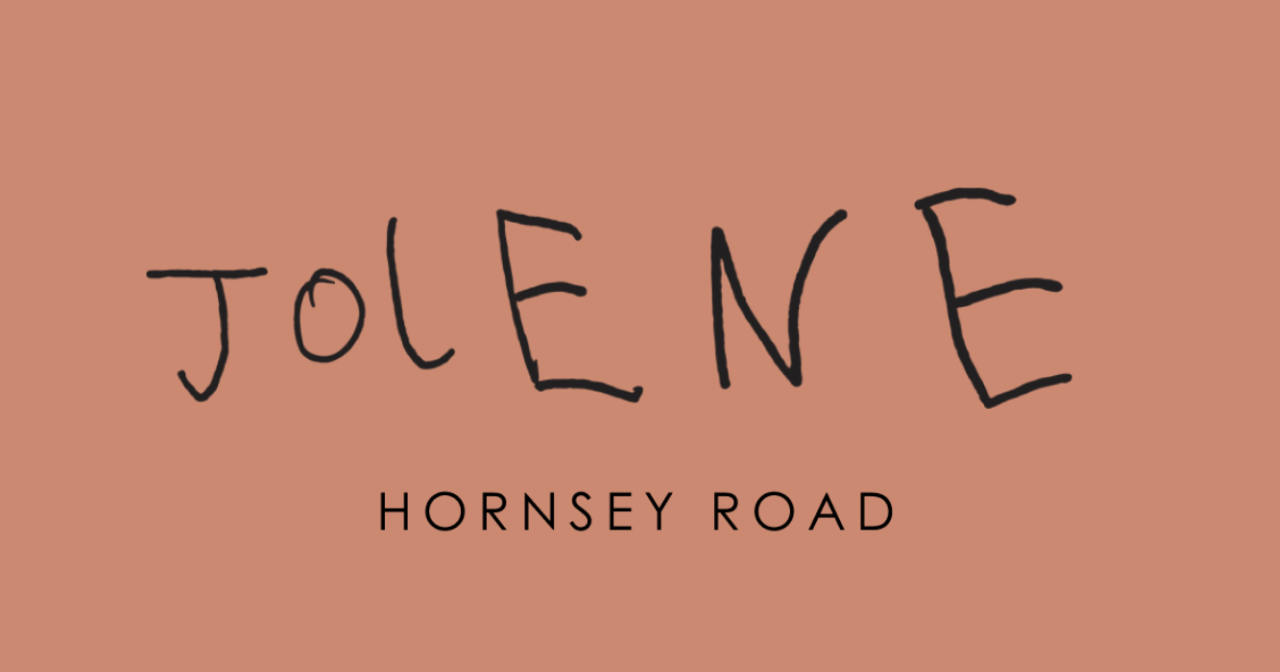
There’s been a wave of brands embracing maximalism in fresh and exciting ways over the past few years. Think of Figma’s latest rebrand that waved goodbye to static geometric shapes and launched headfirst into playful patterns, colourful chequer boards and vibrant icons, or even Harvey Nichol’s joyful new identity that created a sensory overload of vibrant colours, shapes and textures, and took home two Mallets at the Brand Impact Awards 2024.
Maximalism has certainly had a moment - and boy have we revelled in it. After all, more is more – until it’s what everyone is doing. So, has the time come? Are we officially maxed out on maximalism? Looking ahead at what designers around the world are predicting will trend in 2025, there are signs that things might be becoming a little more serene.
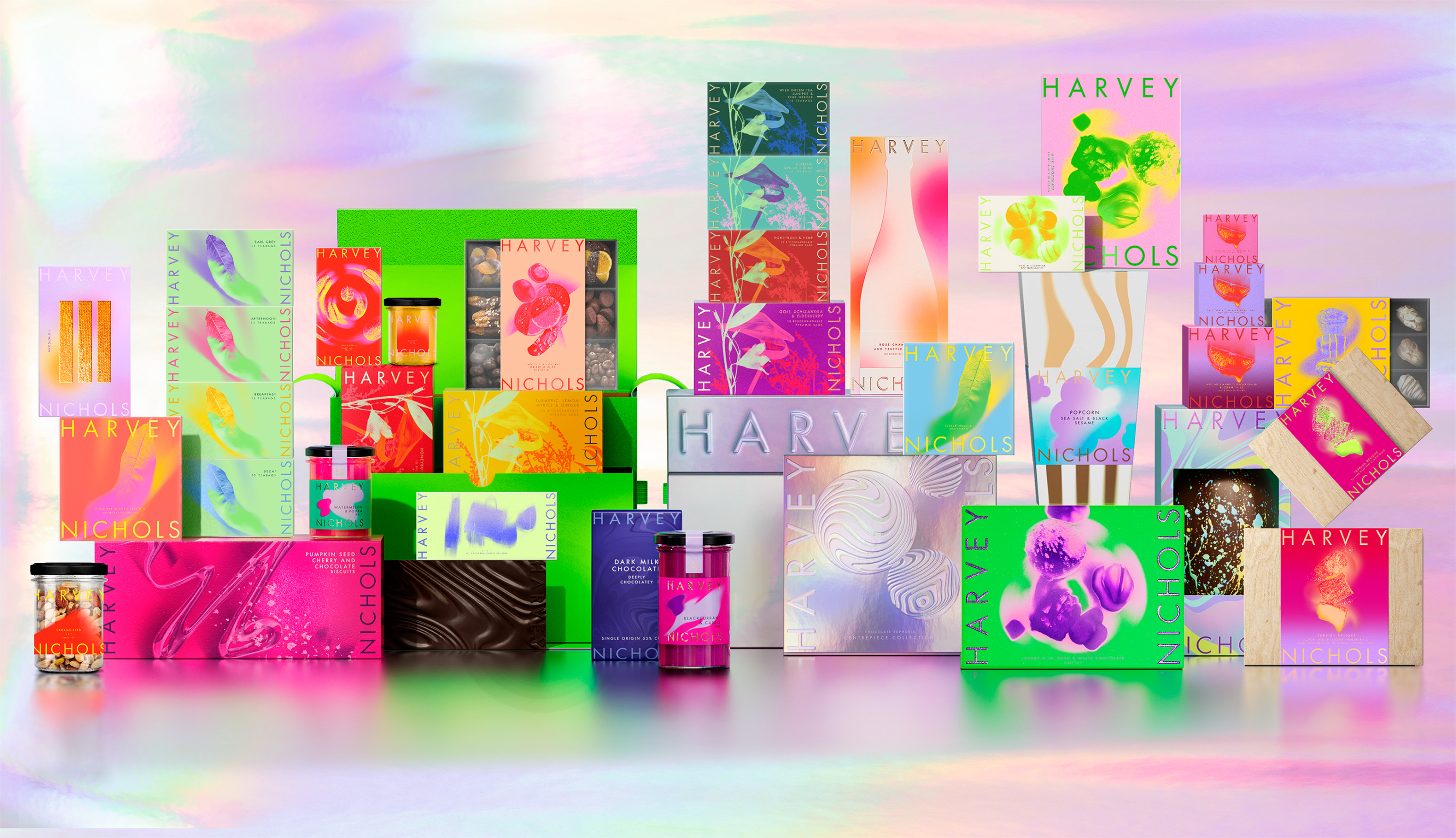
It makes a lot of sense that our collective appetite for minimalism may be growing. After all, when there’s a lot of uncertainty about the future, consumers generally gravitate towards transparency, simplicity and sustainability. Brands are, perhaps unsurprisingly, starting to respond to this desire for simplicity in the face of an unpredictable social and geopolitical environment.
But before you start packing away your rich colours, extravagant patterns and layered textures, it’s not all doom and minimalist gloom: toning it down does not mean turning it off completely.
Instead, 2025 will elevate a new kind of minimalism: a hybrid aesthetic that pulls together the simplicity of classic design and infuses it with vibrant, modern colours, and unexpected typography or detailing. Here are four ways this year’s design trends edge towards a more understated aesthetic, while creating enough space to maintain and communicate a brand’s unique personality and individual expression.
01. The rise of not quite minimalism
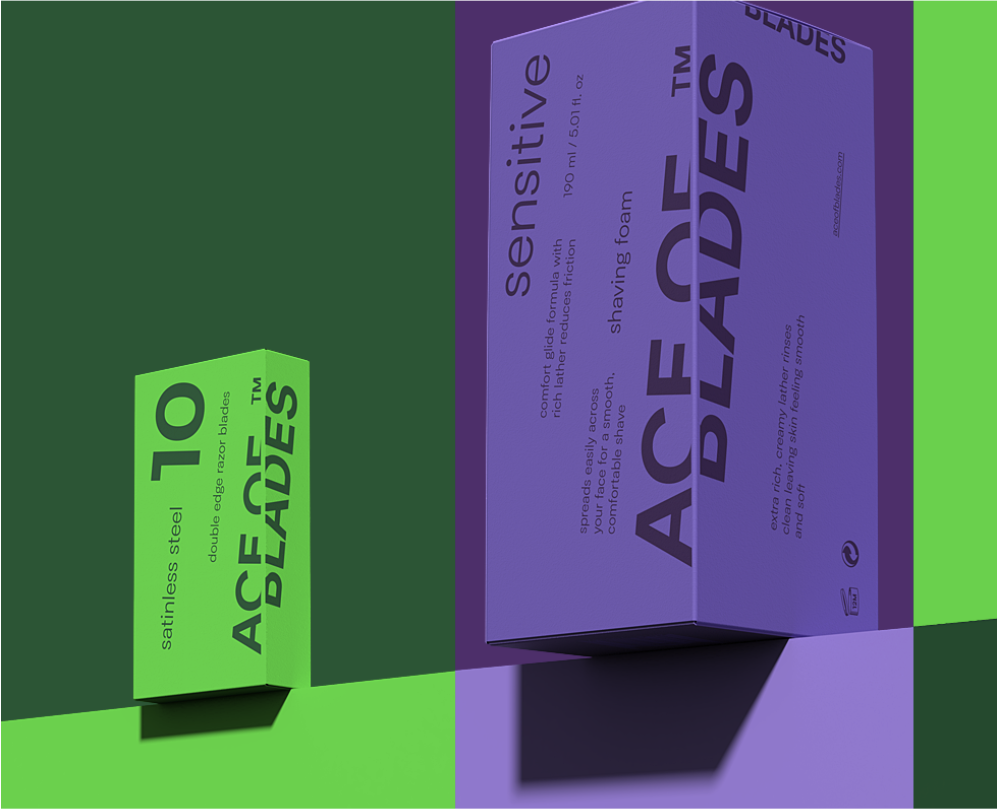
Welcome to the new age of minimalism: it’s simple, but it’s definitely not boring. While maximalist in its use of vibrant colours and bold typography, the ‘not quite minimalism’ trend retains a focus on negative space, clean lines, and uncluttered layouts.
Think of the now ubiquitous green shade of Charli XCX’s album Brat, with its low-resolution images, carefree font choice, and simple design. This trend demonstrates how minimalism can evolve beyond the expected by integrating eye-catching elements without sacrificing clarity or functionality.
Defined by simple layouts, clashing colours and bold typography that create contrast, this aesthetic appeals to brands that want to be modern and approachable; that want to appeal to younger audiences and stand out from the crowd.
02. Functional and serene designs reflect consumer values
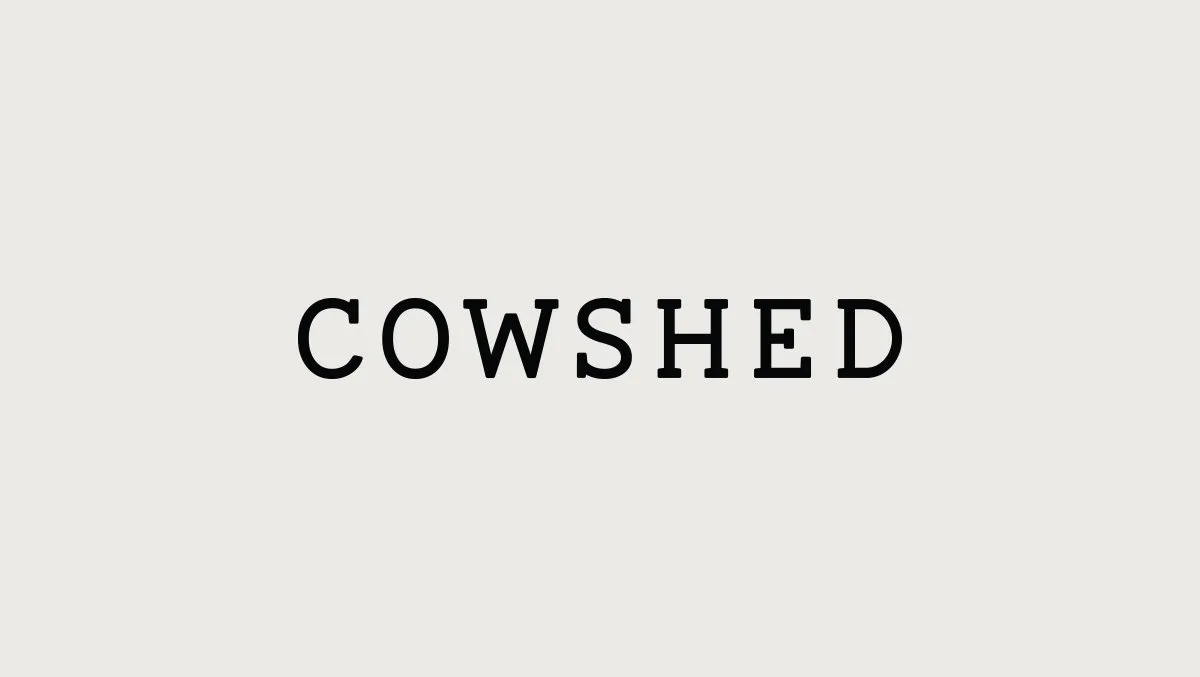
Calm, practical and elegant: functional and serene design trends emphasise practicality, natural textures, and muted tones, as inspired by Japandi design - a blend of Japanese minimalism and Scandinavian functionality. This aesthetic resonates with consumers who are seeking simplicity in a fast-paced, turbulent world. With soft, neutral colour palettes, this quiet and calming trend offers a form of timeless escapism from a loud and non-stop news cycle.
This trend works well for (but is not limited to) industries like wellness, beauty, and eco-conscious retail, for example skincare line Naturium or Rare Beauty. The sharp uptick in brands embracing this aesthetic suggests a growing preference for a grounded, minimalist feel.
Similarly, ‘Rewilding design’ is another trend gaining traction in 2025. Honing in on natural textures, flowing shapes, and earth tones, this style aligns with sustainability and environmental responsibility, appealing to the conscious consumer. Minimalist designs inherently reduce visual clutter and material usage, making them a practical choice for brands looking to convey authenticity and mindfulness. The renowned Cowshed Spa draws on this trend masterfully with its clean, serene and instantly recognisable visual identity.
03. Nostalgic networks leverage retro minimalism
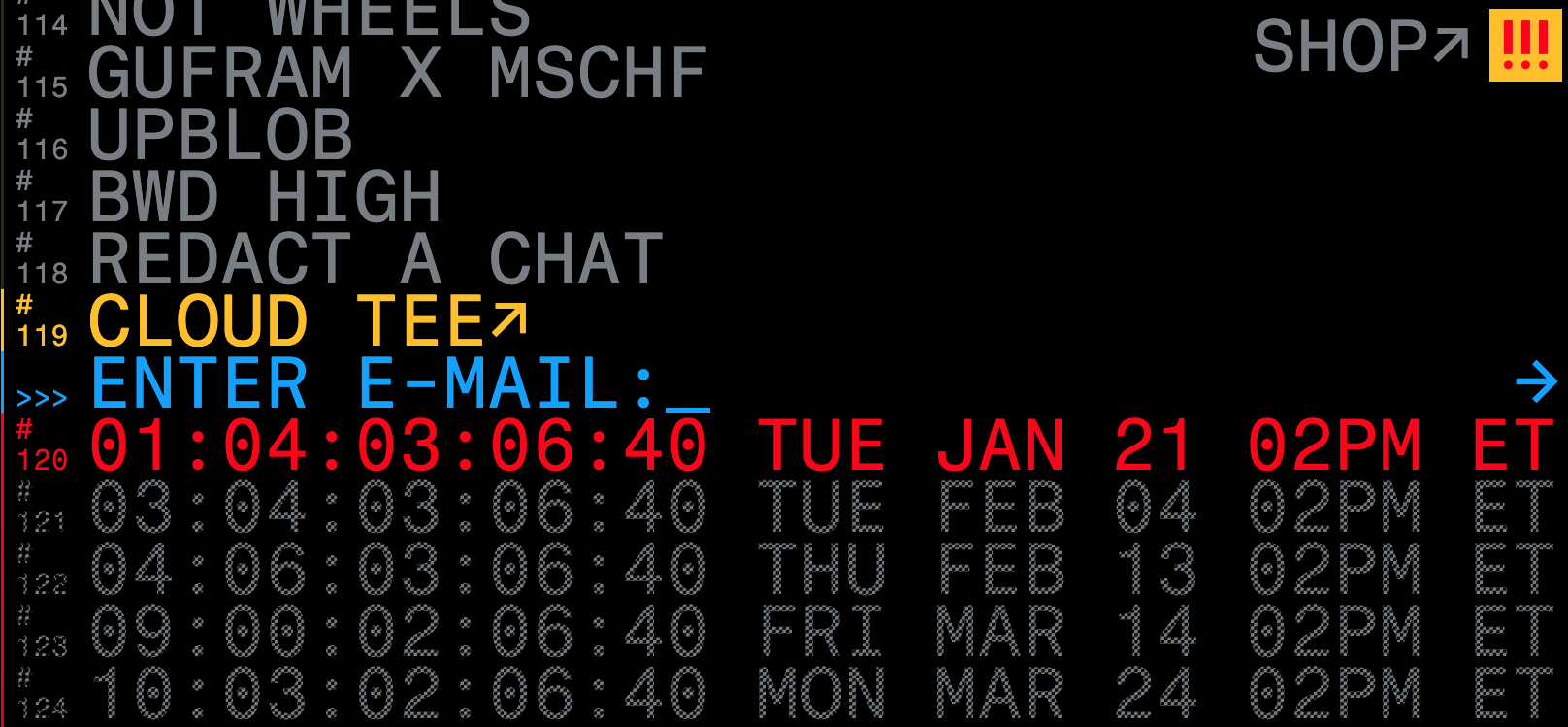
The emerging nostalgic networks trend highlights simple layouts, basic geometric shapes, and muted colour schemes, evoking the early digital aesthetics of video games and low-fi TV. This pared down style is minimalist by nature, appealing to tech-savvy brands by emphasising visuals that tap into retro-tech nostalgia, balancing innovation with simplicity.
This aesthetic approach - used by brands like MSCHF and Palace Skateboards - is particularly emotive and nostalgic for Gen Z and Millennials, who will be transported back to their childhood bedrooms hunched over a Game Boy, Walkman or Nintendo.
04. A need for human imperfection over synthetic overload

This year will see trends that push back against synthetic perfection increase in popularity. Etches and imprints and the elevation of childlike textures celebrate imperfection while relying on minimalistic design principles. Think clean layouts enhanced with tactile, playful, human-made elements.
By leaning into raw and organic details, these trends offer warmth and relatability without the sensory overwhelm often associated with our dear (and loud) friend, maximalism. Trendy London bakery Jolene, and well-known lifestyle brand White Stuff, utilise this trend with their hand-scrawled, imperfect font logos that feel personal and relaxed.
Less is more...
In 2025, these simpler, more minimal aesthetics are going to take centre stage. Not because they reject boldness, but because they can adapt to integrate vibrant and nostalgic elements in ways that prioritise clarity, functionality, and authenticity: something consumers are yearning for in an overwhelming world.
As we increasingly value simplicity, sustainability, and intentional design, brands may find that minimalism – with a reimagined approach –meets these demands better than its outlandish cousin, maximalism. It’s not that 'less is more' in 2025, it’s just that less is what most people need right now.
For more predictions, see our 2025 graphic design trends, illustration trends and logo trends.







